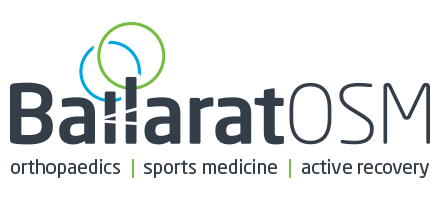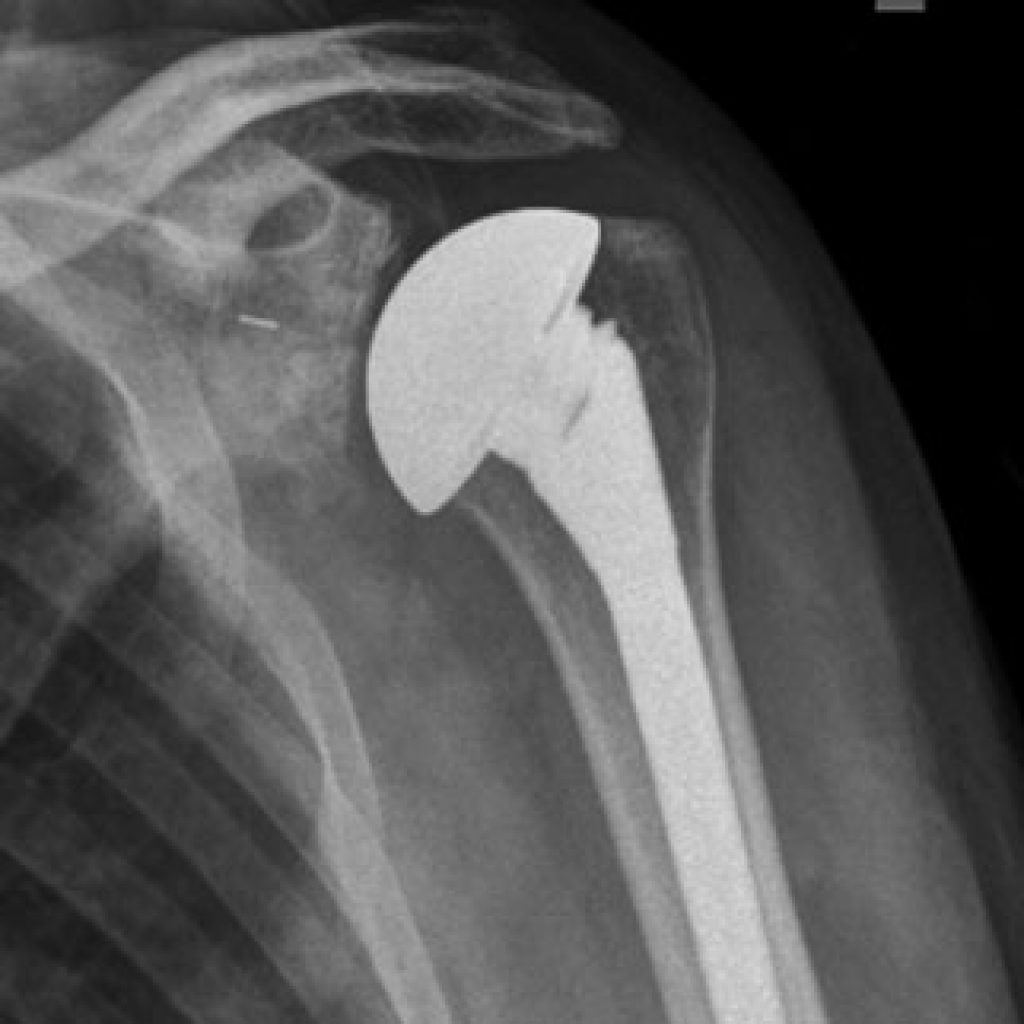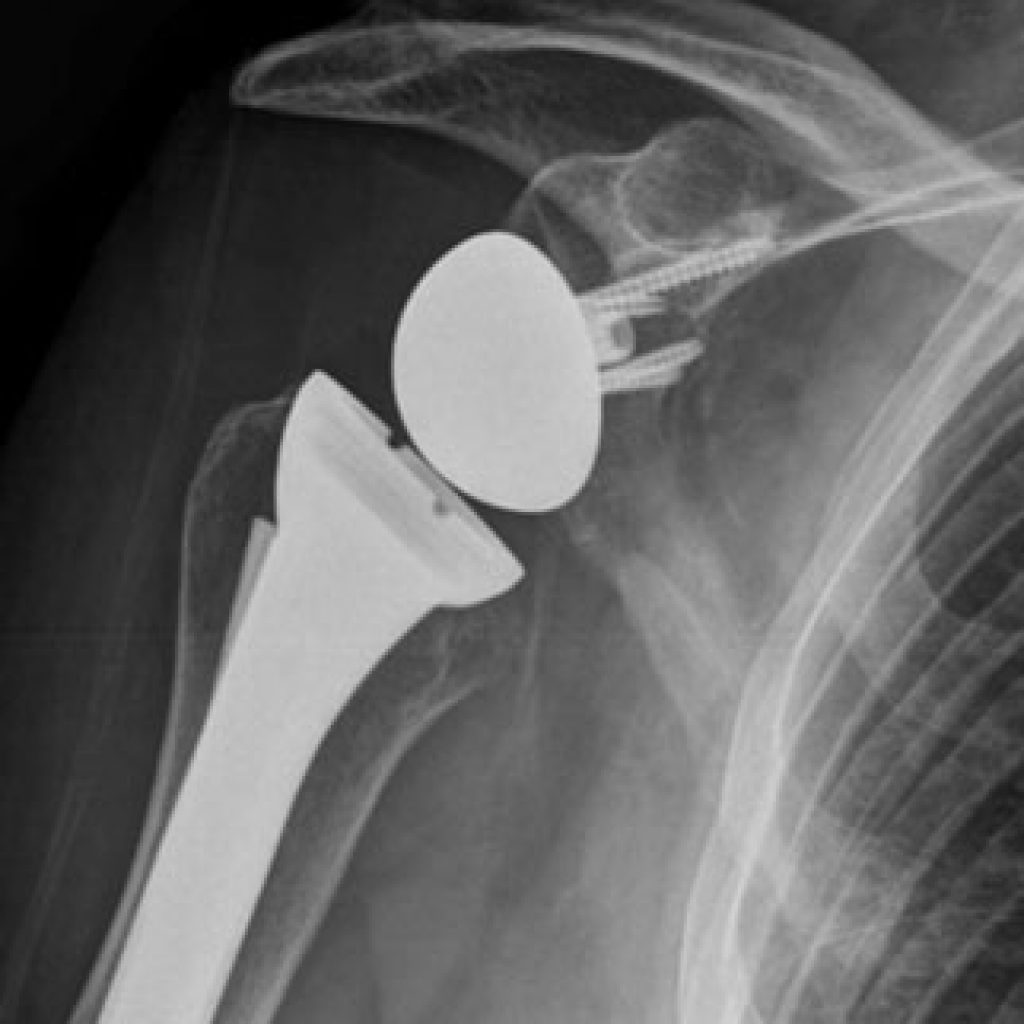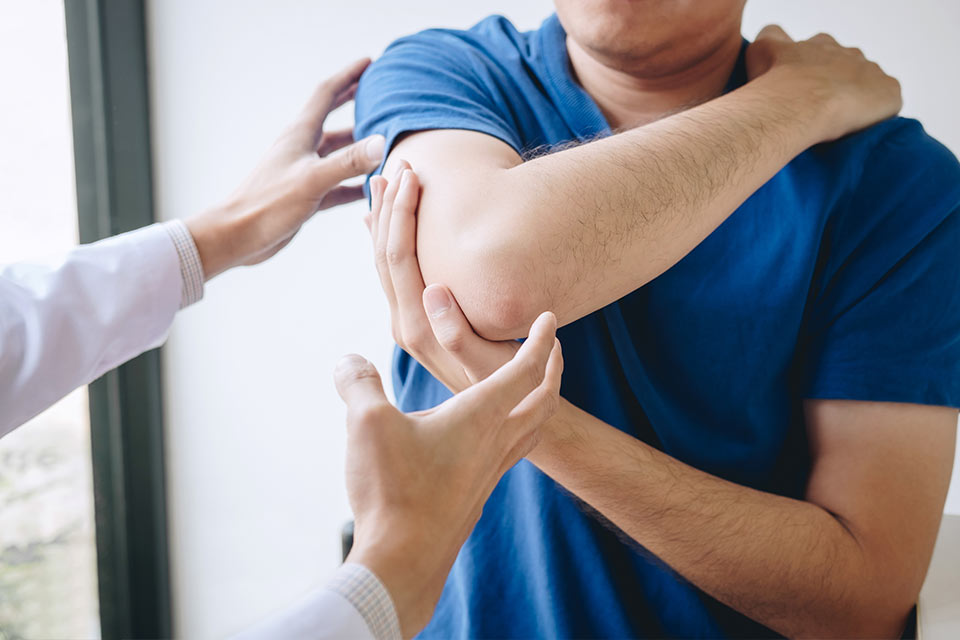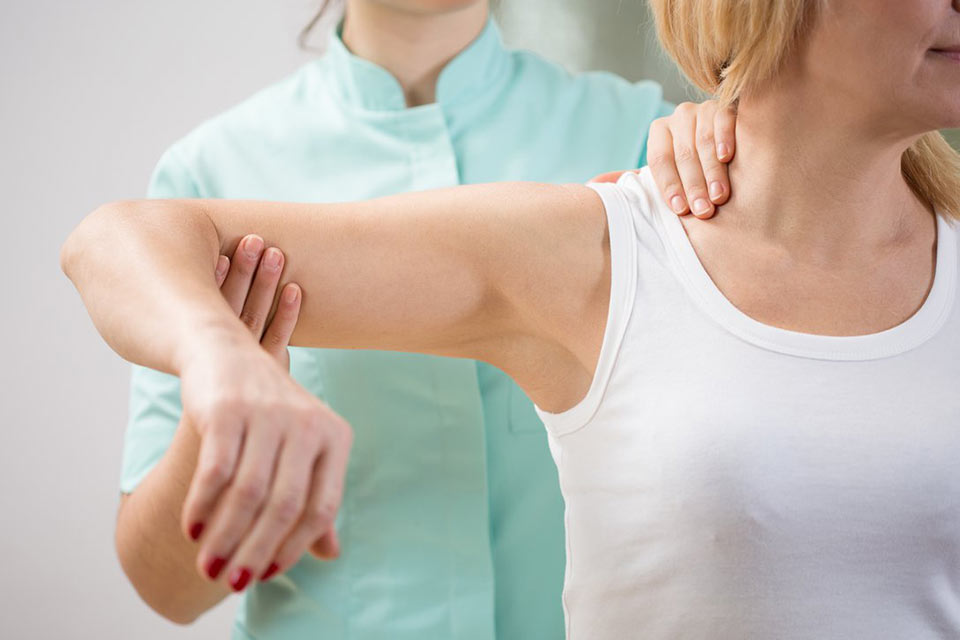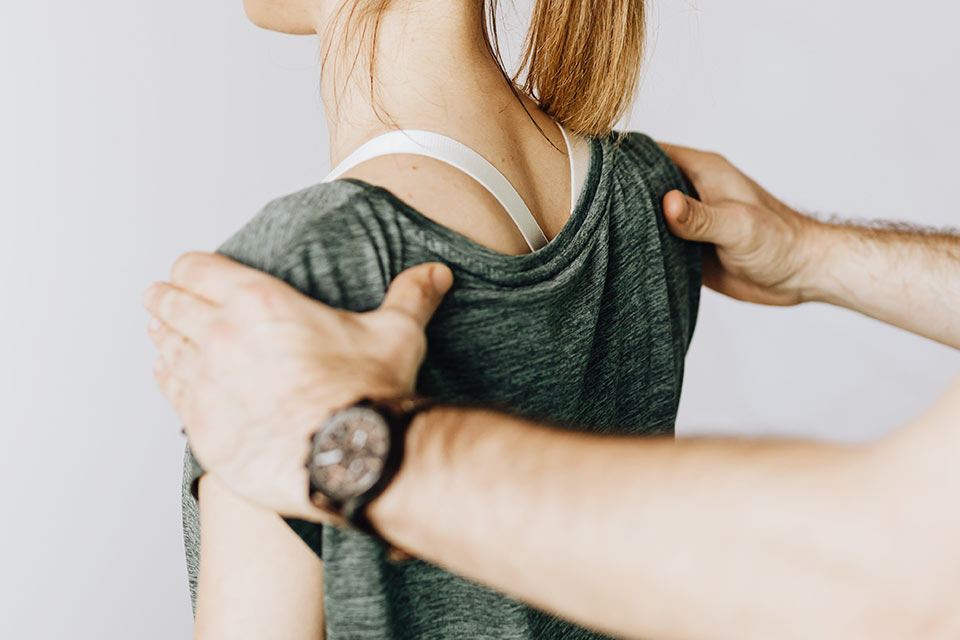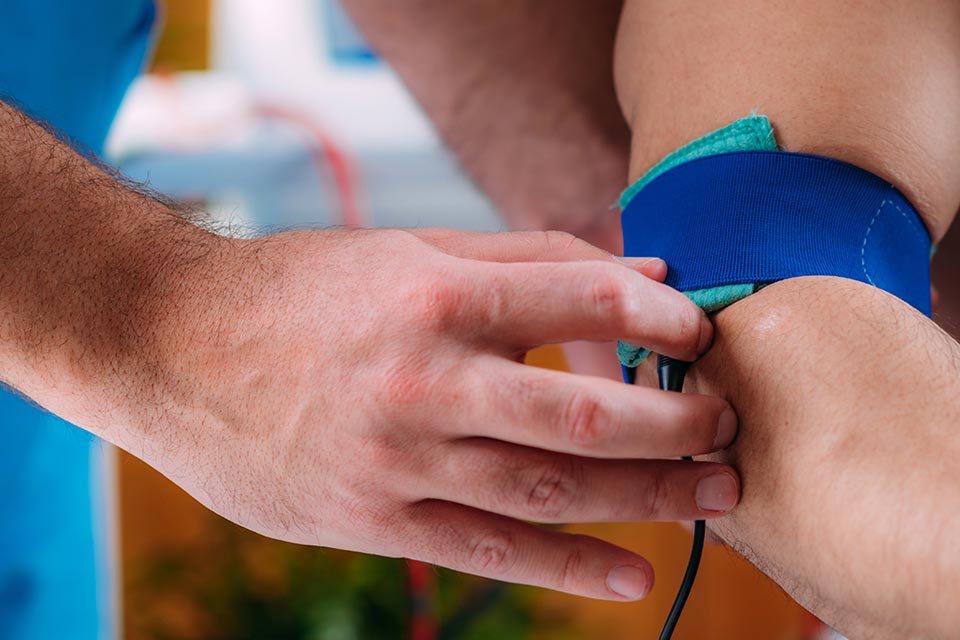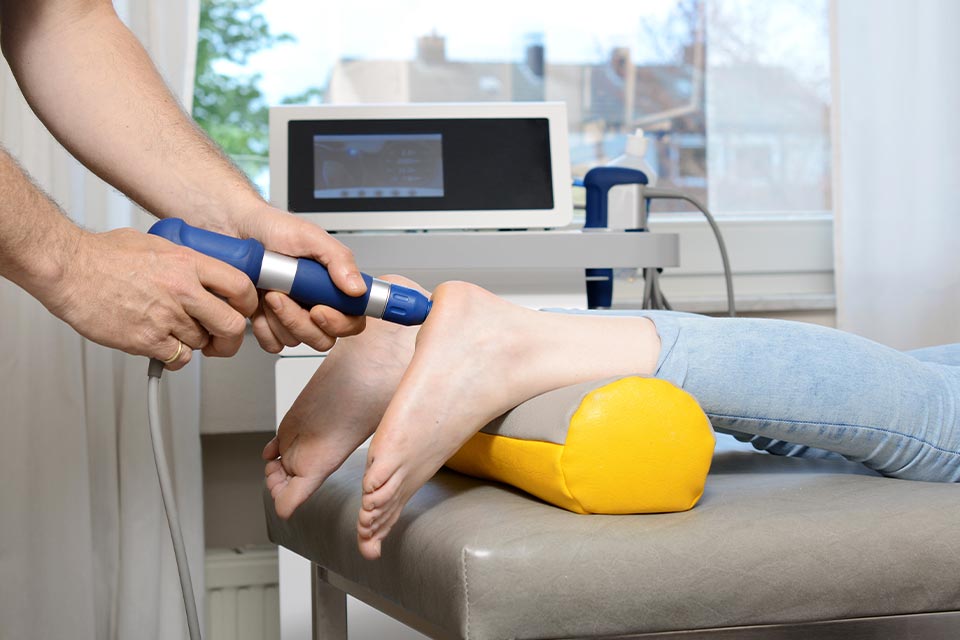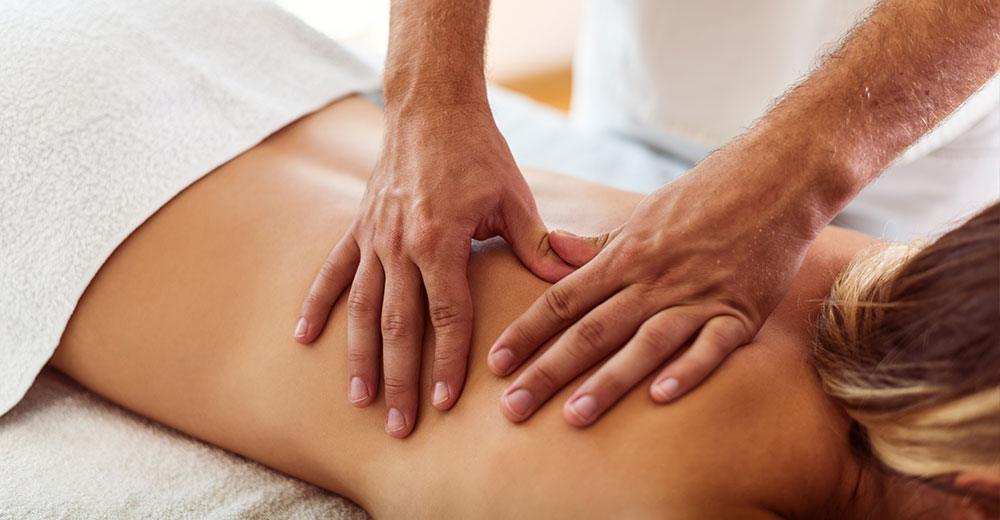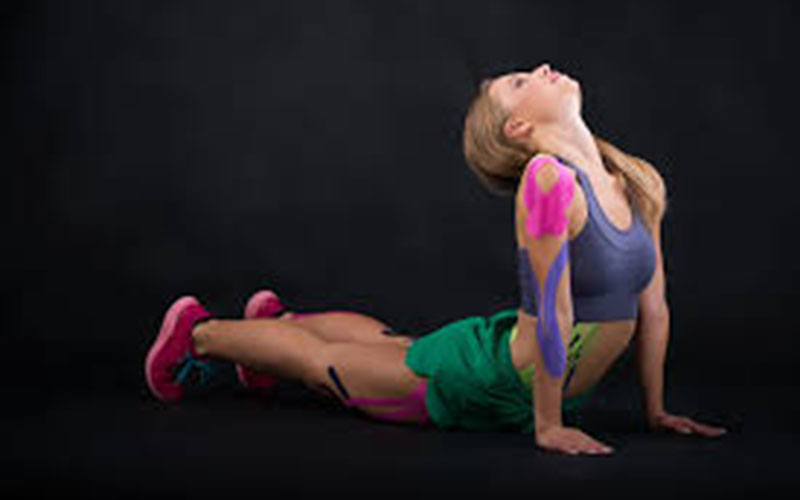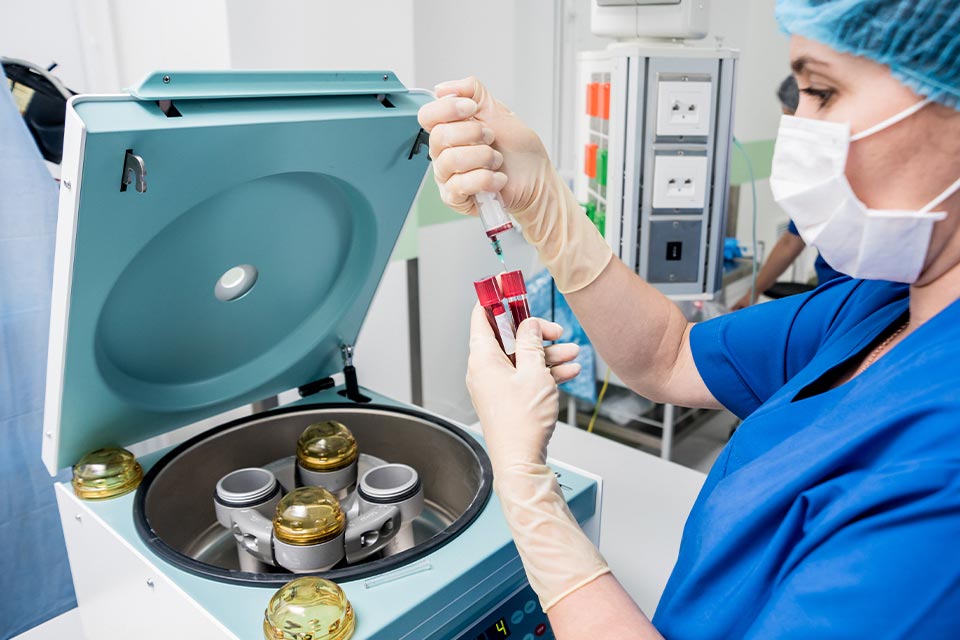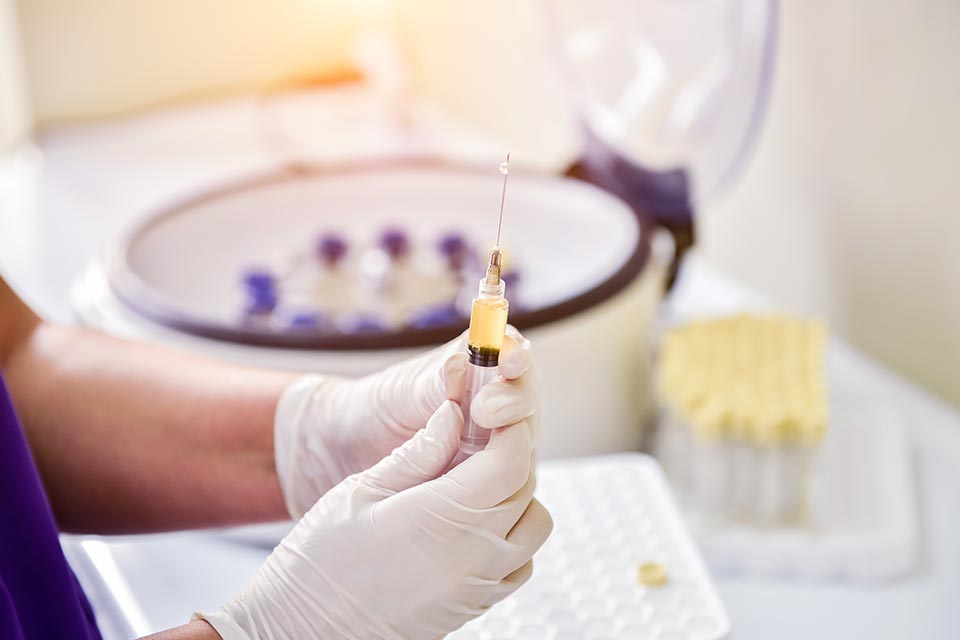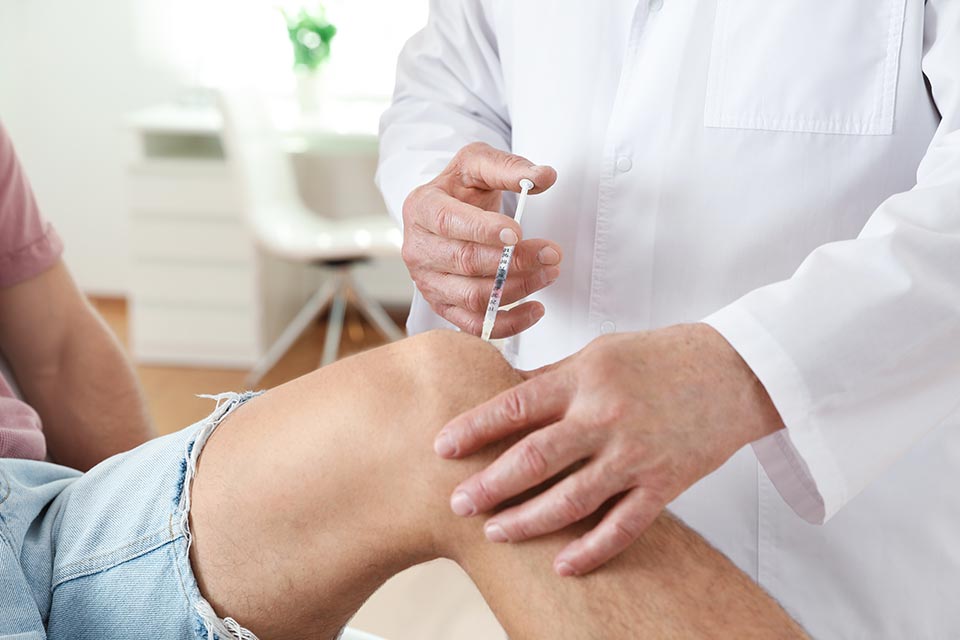Ballarat Orthopaedics & Sports Medicine - Shoulder Surgery Specialists
Shoulder surgery is generally only reserved for advanced or severe shoulder issues. However, for the right patient, a surgical procedure can restore full movement and power to your shoulder. Your shoulder is the most flexible joint in your body.
It allows you to place and rotate your arm in many positions in front, above, to the side, and behind your body. This flexibility also makes your shoulder susceptible to instability and injury.
Depending on the nature of the problem, nonsurgical methods of treatment often are recommended before surgery.
However, in some instances, delaying the surgical repair of a shoulder can increase the likelihood that the problem will be more difficult to treat later. Early, correct diagnosis and treatment of shoulder problems can make a significant difference in the long run.
Useful Information
-
Novar Specialist Healthcare
109 Webster Street
Lake Wendouree VIC 3350 - T | 03 5332 2969
- F | 03 5332 2003
- admin@ballaratosm.com.au
Shoulder Surgery Options & Information
Shoulder Replacement
The shoulder joint is between the upper arm bone (humerus) and the shoulder blade (it’s joint surface is called the glenoid.) Before having a shoulder replacement it’s important to be sure that it hasn’t responded to simple treatments.
Traditional shoulder replacements require the tendons that maintain the shoulder joint centred to be normal. After surgery, most people are able to get their hand up enough to brush their hair. Some can get to overhead cupboards and washing-lines.
In the first three months from the operation, the tendon repair needs to be protected from excessive force, and any jolting activities should be avoided for six months from surgery.
Reverse Shoulder Replacement
Shoulder Surgery for Shoulder arthritis alone is relatively rare, but with an aging population, it is apparent that long standing torn tendons in the shoulder can lead to arthritis. Pain and weakness are the common reasons orthopaedic surgeons are approached for treatment. The inability to move the arm is called pseudo-paralysis.
Non-operative treatments can include paracetamol, anti-inflammatory tablets, activity modification, and moving objects from overhead cupboards and into easily accessible ones. The use of a clothes dryer and clothes horse may save overhead lifting.
Before having a shoulder replacement it’s important to have a severe enough problem that the surgery is likely to improve the problem, and the benefit exceeds the risk.
Clavicle Fractures
Historically, most clavicle fractures were treated non-operatively with a brace, sling, or both. Over time, new techniques have evolved that have allowed early return to function. This is important, particularly to tradesman and athletes.
Midshaft fractures The most common fracture is about halfway between the two ends of the bone. These typically have a degree of overlap. The overlap does not prevent the bone from healing. If there is more than 2cm of shortening it can potentially change the function of the shoulder.
Also, there may be cosmetic imperfections, as one shoulder tip visibly doesn’t sit as far out as the normal one. Non-operative treatment with a brace strapping the shoulder out will reduce this.
Rotator Cuff Disease
- elevate your arm (supraspinatus)
- touch your back (subscapularis)
- touch your head (infraspinatus / teres minor)
Most commonly the rotator cuff has a slow degeneration over years. This can lead to abnormalities of the tendon tissue or even a chronic tear.
Over 50% of people over the age of 80 have a rotator cuff tear. Many people have a tear of the rotator cuff without any symptoms at all.
Leading Treatments & Surgeries in Ballarat
- All
- Sports Medicine
- Orthopaedics
- Novar Specialists
